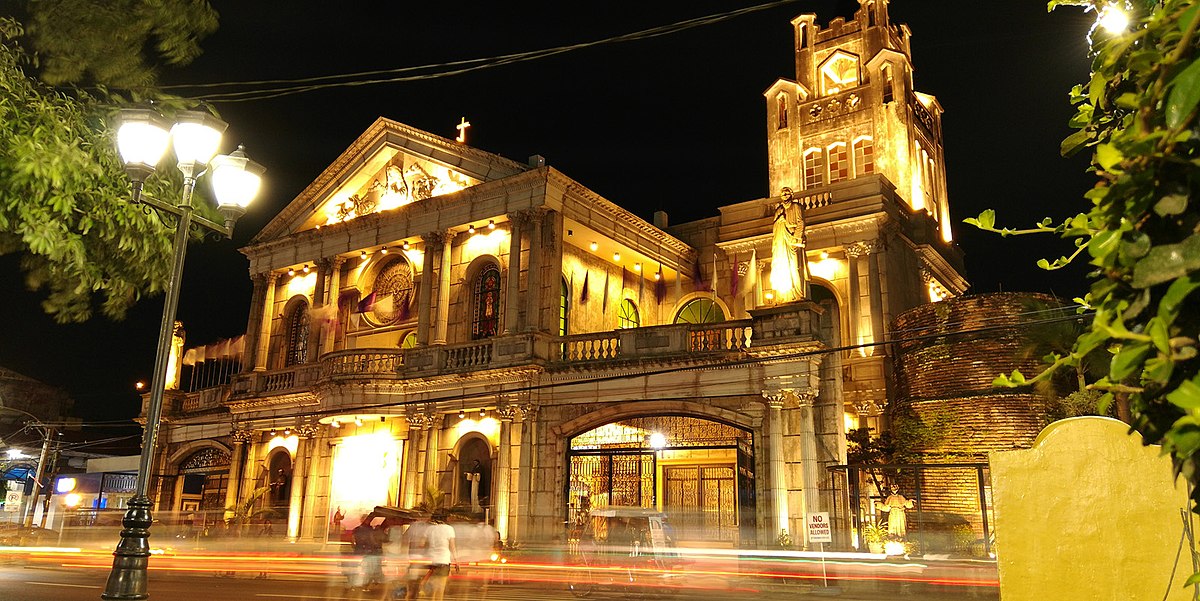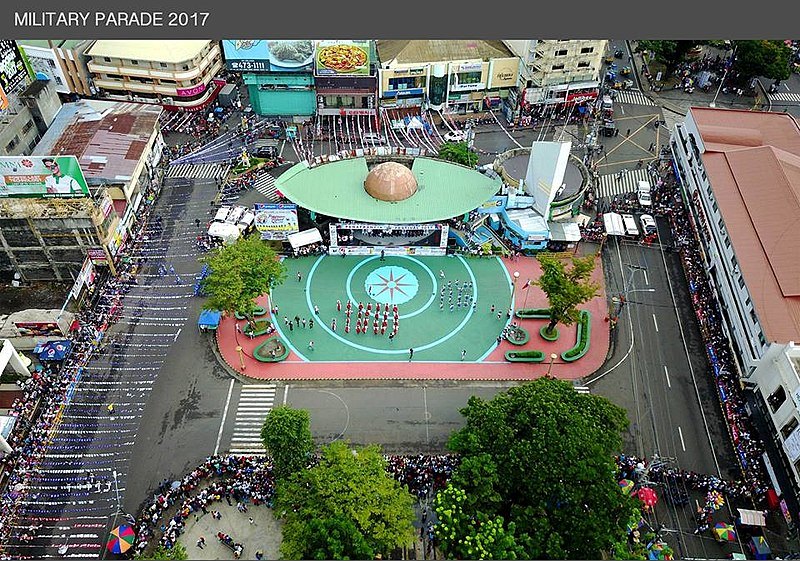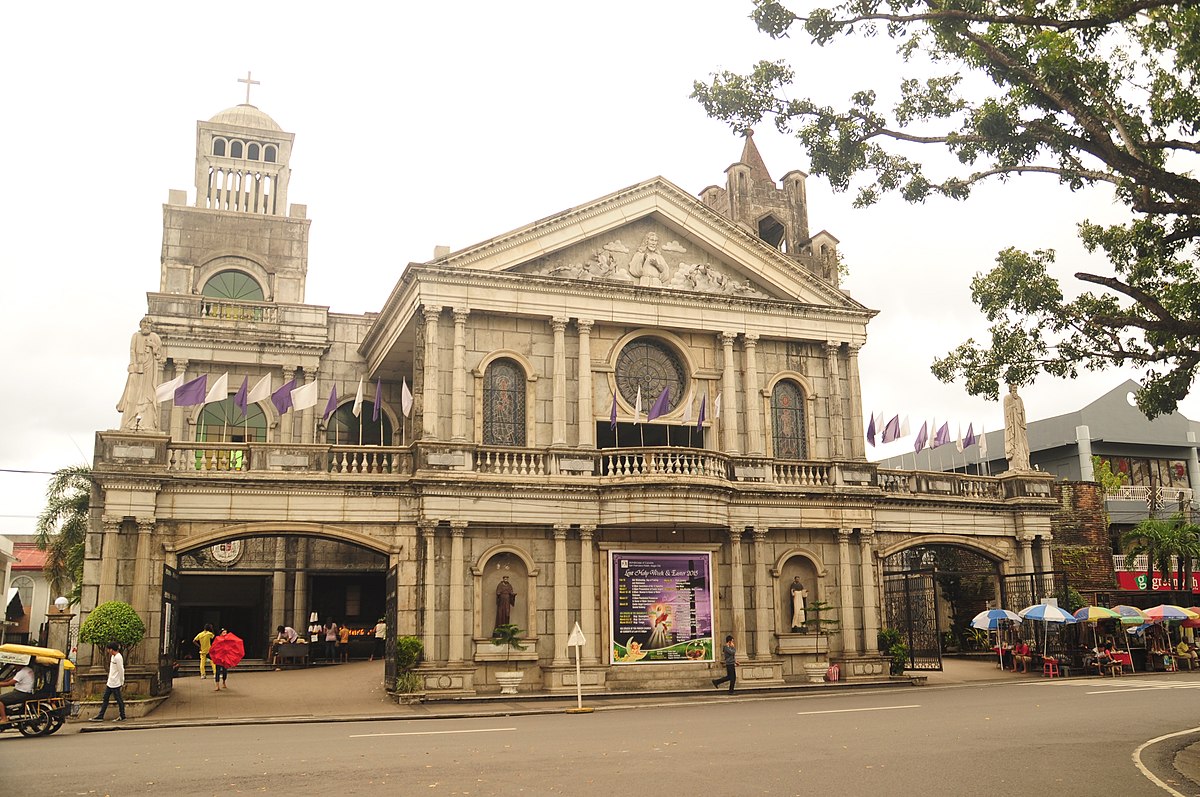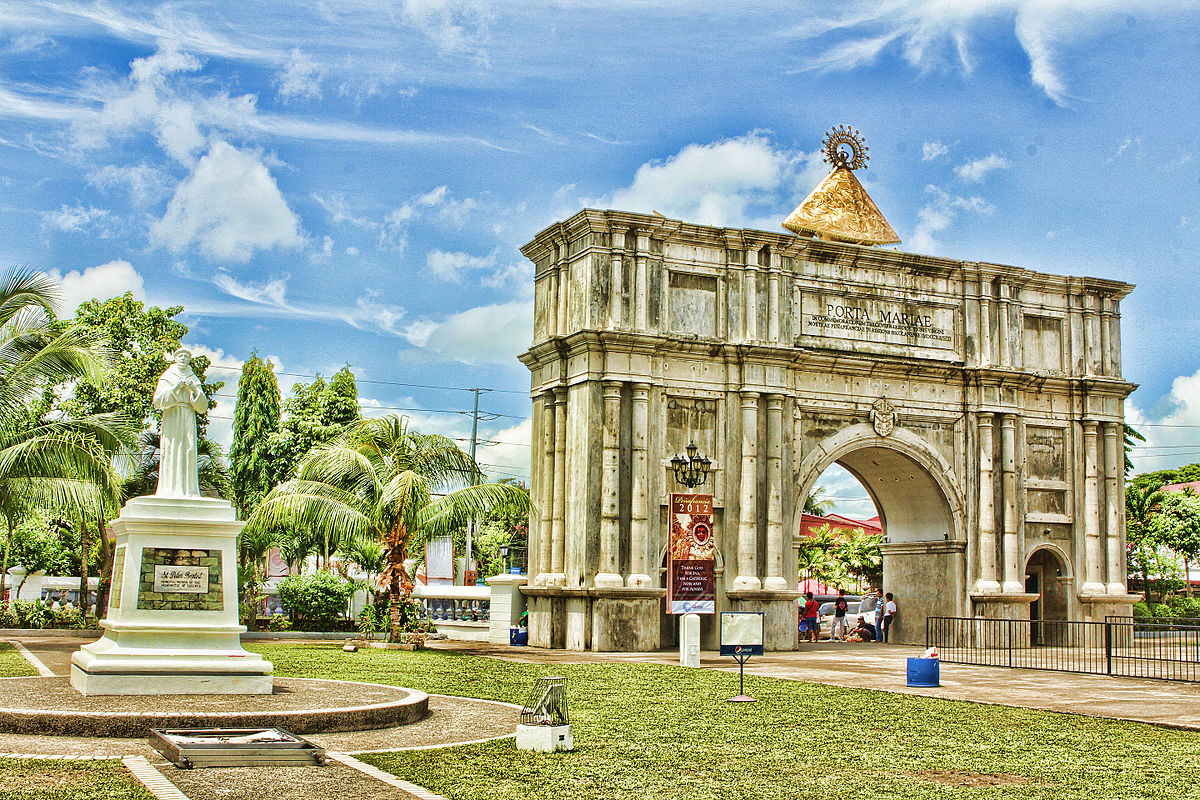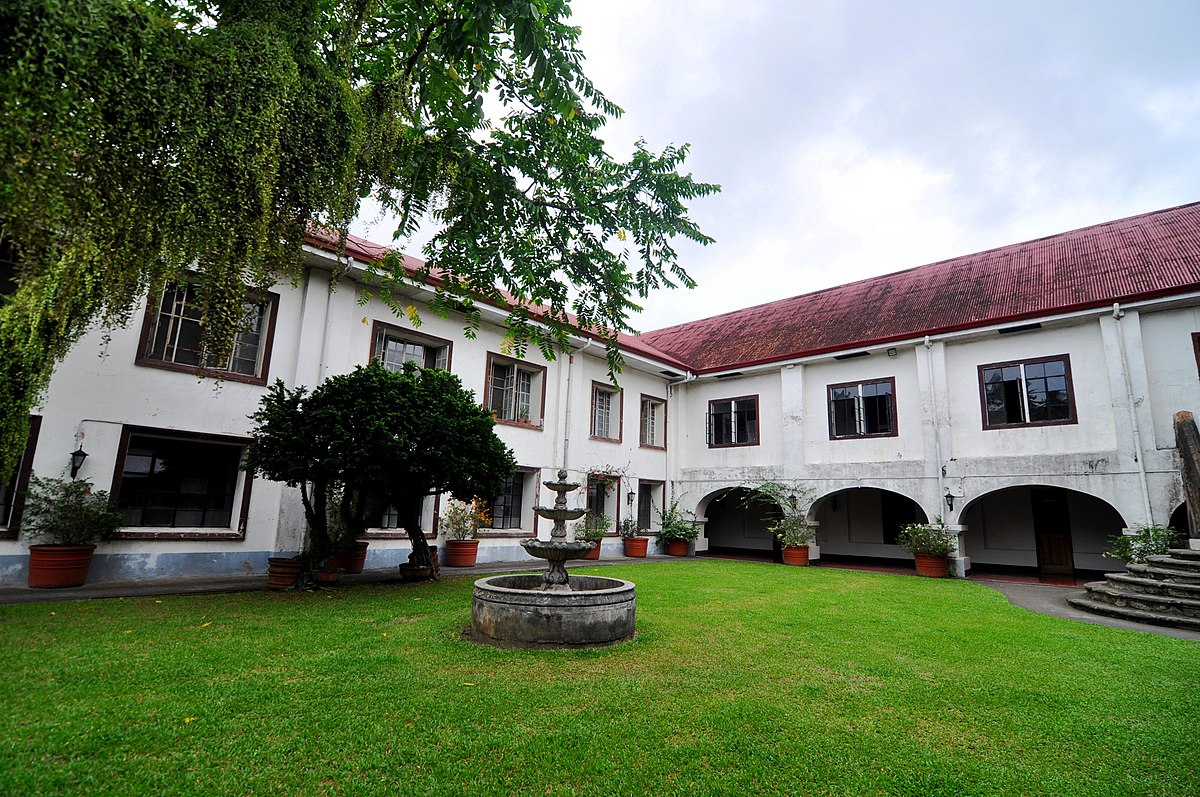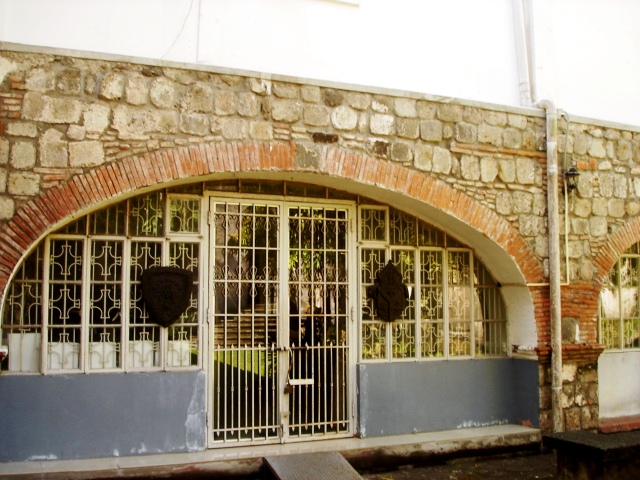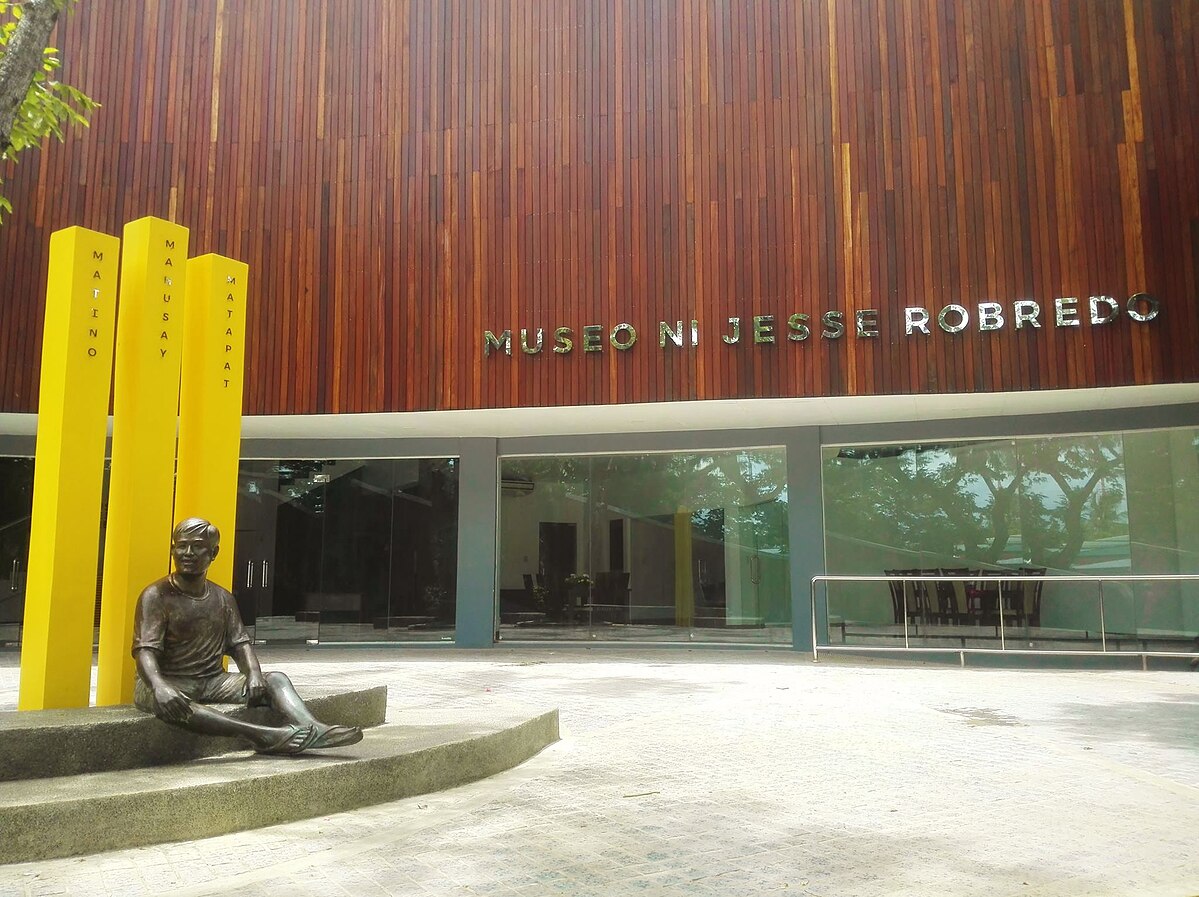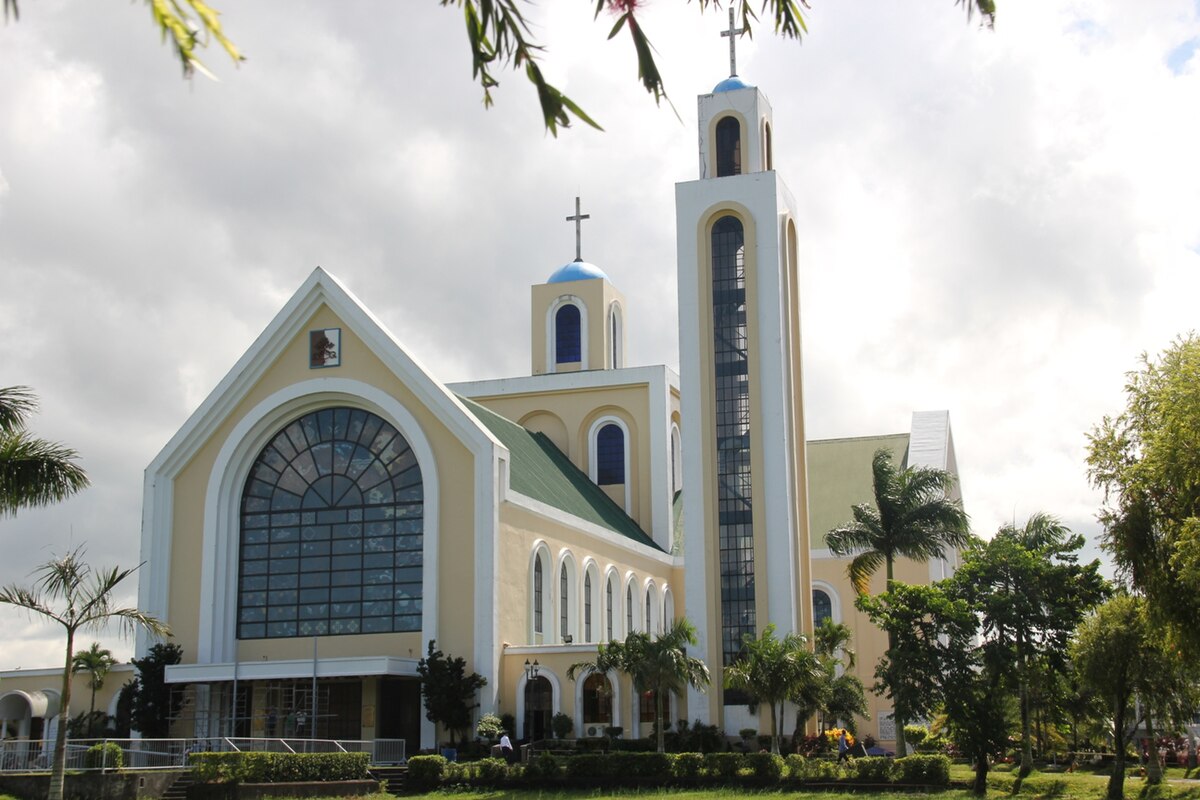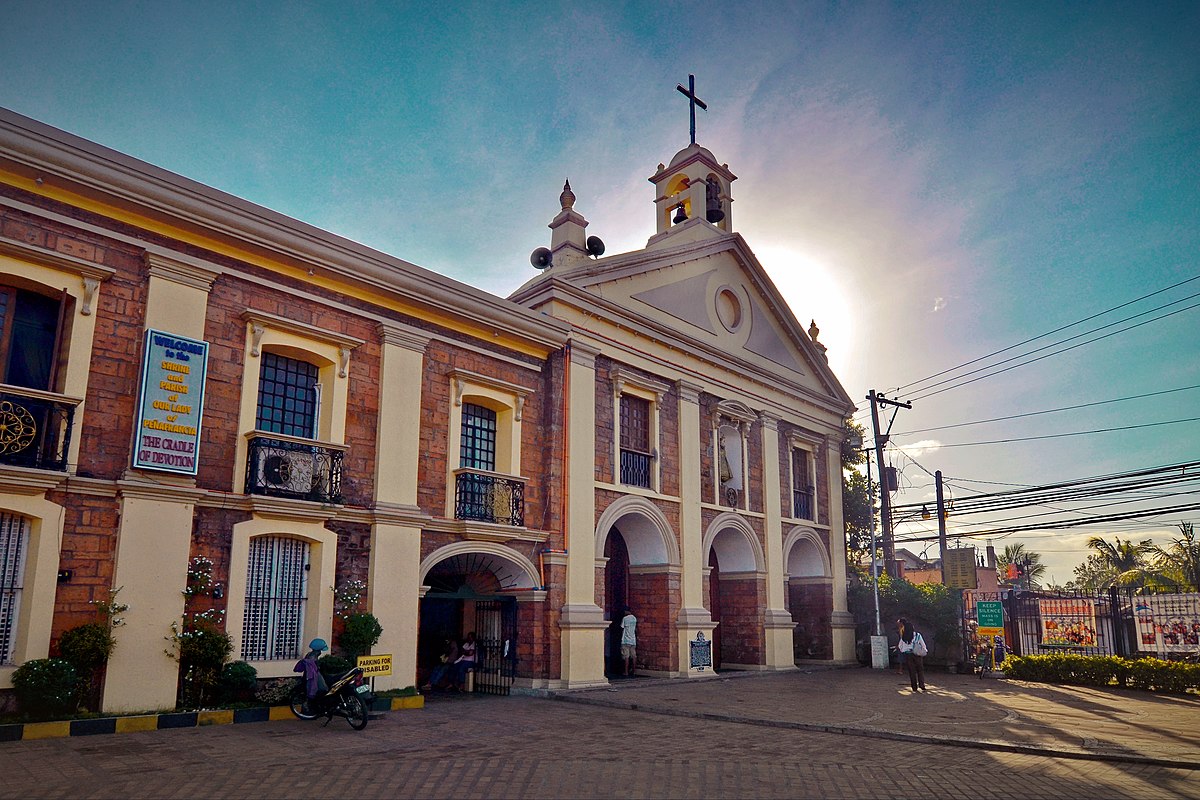Welcome to Naga City in Camarines Sur, and welcome to Anthro on Foot's walking tour! This is a
self-paced
walking tour that features key heritage sites and cultural highlights in the area. We hope you enjoy
this tour as
much as we enjoyed curating it!
As pointed out by Professor Danilo M. Gerona, a local historian, Naga traces its prehistory to a
flourishing village off the riverbanks of the Naga River, with sophisticated weaponry and advanced
technologies. The name Naga derived its origin from the narra trees, which were then in abundance.
The precolonial history of Naga is steeped in the rich heritage of the indigenous peoples who have
inhabited the area for centuries. The Bicolanos continue to be known for their distinct culture,
language, and traditions.
When visiting Naga, it’s hard not to notice Mount Isarog, a prominent and revered landmark in the
Bicol region. Legend has it that Mount Isarog was once home to a powerful and benevolent deity or
diwata named Isarog. Isarog was known for her kindness and generosity, especially towards the people
living in the region. She was considered a guardian spirit, watching over the land and its
inhabitants.
The arrival of the Spanish colonizers in the 16th century marked a significant turning point in the
history of Naga and the Philippines as a whole.
It was in 1573 when the Spanish Troops first arrived in present-day Naga, led by Captain Juan de
Salcedo. In 1574, Captain Pedro de Chaves founded Ciudad de Nueva Caceres in honor of Don Francisco
de Sande, then governor of the province and a local of the City of Caceres in Spain. Naga, the
premier local village and then a Spanish pueblo, formed part of the Spanish colonial city.
In time, the Spanish city and local village merged into one community and became popularly known as
Nueva Caceres, to distinguish it from its namesake in Spain. It had a city government as prescribed
by Spanish law, with an ayuntamiento or cabildo (or council) of its own.
